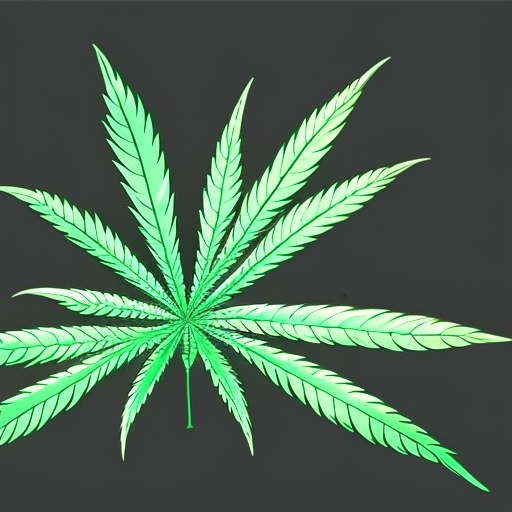
Yo, what’s up my fellow cannabis growers? It’s your boy Dan, and today we’re gonna be talkin’ ’bout a serious issue – potassium deficiency. This sh*t can be deadly, especially if it happens during the flowering stage. Ain’t nobody got time for that, so let’s get into how to recognise, prevent, and treat it if it happens.
So check it, plants need specific conditions to survive and thrive, and cannabis is no different. If you want your buds to be the dankest they can be, you gotta take care of your crop. That means noticing deficiencies in time and taking steps to correct them. Today, we’re gonna focus on potassium deficiency, but the same procedures apply to other deficiencies too.
Now let’s talk about why potassium is so important for our Mary Jane plants. First off, it plays a key role in photosynthesis, which makes the plant green and healthy. During droughts, potassium helps the plant become more resistant to stress and aids water movement through the plant. Paired up with phosphorus, it strengthens the roots and tissue, protecting your babies from harsh weather conditions.
But let’s get real here, as growers we care most about how potassium affects our buds. This nutrient helps increase weight, density, and volume of your nugs, making them even more delicious. So being able to spot and fix a potassium deficiency is a crucial skill for any good grower.
Now let’s talk about how to identify this problem. If you’re growing hydroponically, you’re good – potassium deficiencies are super rare in that system. But if you’re in soil or another medium, keep an eye out for yellow or brown tips and edges on the leaves that curl up over time like they’re burnt. Stretching is also a bad sign – if one plant is taller than the others around it, that weakens all of ’em.
Watch out for spots on the leaves too – first they’ll be brown and necrotic, then turn white with chlorotic spots later on. You’ll also notice that petioles and stems start showing red tones instead of green like they should. This deficiency hits plants hard – growth slows down and leaves become small in size. If left untreated, it’ll spread to larger fan leaves and probably kill ’em off.
So what causes this issue? First thing you should check is your lights – if they’re too strong (LED or HPS), you could be overheating the leaves even if it’s cool around them. Move your plants away from the lights for a bit and see if that helps.
If lights aren’t the issue, then it might be caused by excess fertilizers or nutrients, especially salt buildup in the medium. Nutrient lockout is another common cause – when soil pH is too low (too acidic), it stresses out the roots so they can’t absorb enough potassium.
To fix pH issues, keep a healthy pH value throughout the life cycle – soil grows need neutral pH between 6-7 for optimal potassium uptake; hydro systems or coco coir need slightly more acidic pH between 5.5-6.5. Flush your medium with neutral pH water to remove excess nutrients in the soil and only include half your usual nutrient solution in the water.
Overwatering can also cause problems – proper watering practices are key for healthy plants with tasty buds. Make sure you read supplement labels carefully so you know how nutrients interact with each other – too much of one can lock out others like calcium and nitrogen do with potassium.
Finally, you can use a supplement rich in nitrogen, phosphorus, and potassium after flushing your plants to help ’em recover. And remember that when plants suffer from deficiency they’re weak against diseases so stay vigilant!
Alright y’all, now you know how to handle potassium deficiency like a pro! Keep an eye on those babies and make sure they get all the nutrients they need for the dankest buds possible!



Yo, real talk, potassium deficiency ain’t no joke. Keep them leaves green and healthy, yall. Don’t let ya stash go to waste, get on top of it quick!